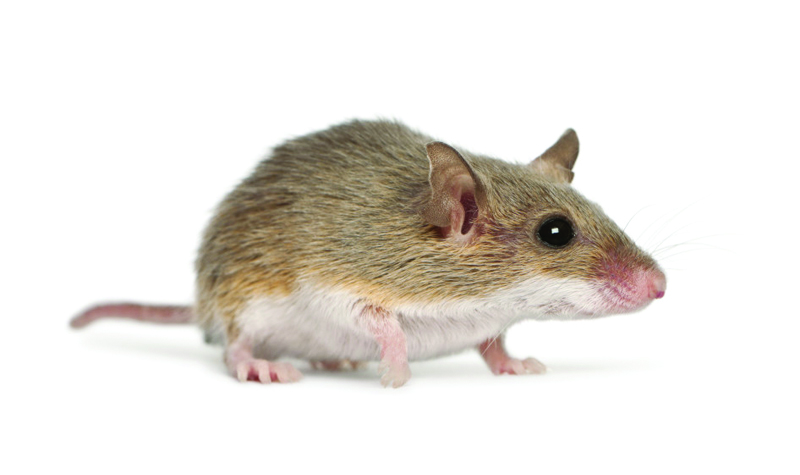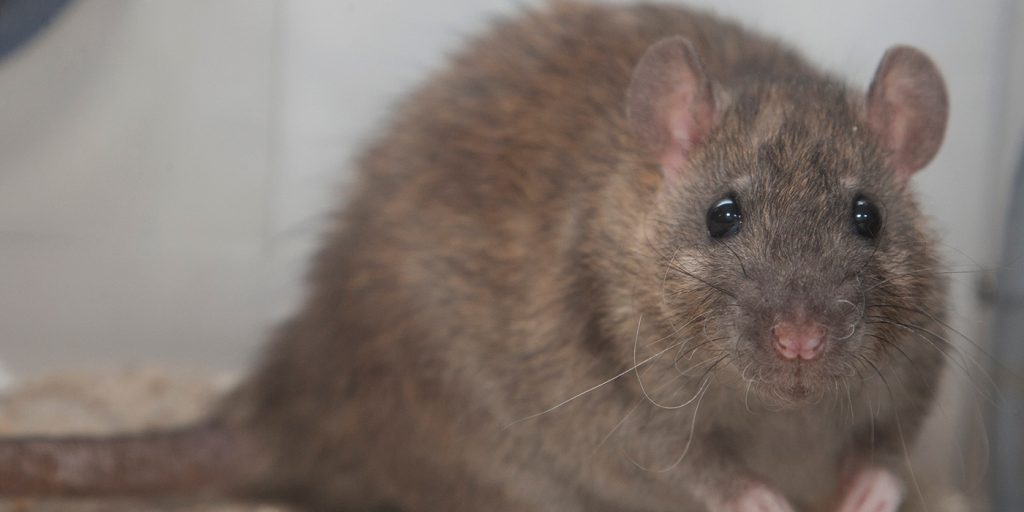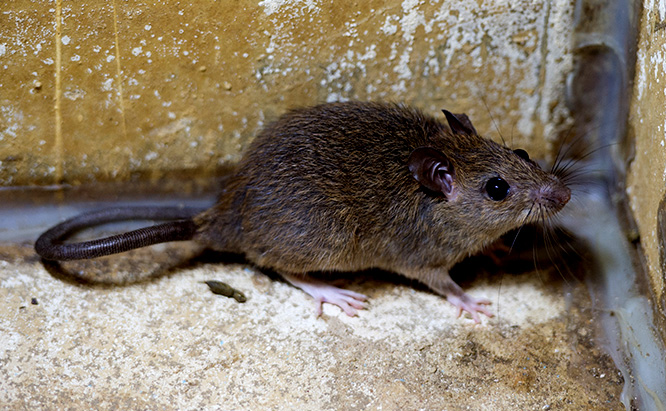Oh Rats! How to Prevent Infestation from 3 Common Types of Rodents
- September 4, 2020
- in Pest Control
- by Ashley Dando

No one wants rodents in their home.
While many of these critters are all fine and good and maybe even a little cute when they are out in nature where they belong, even just the thought of a rodent infestation in a space built for humans can make your skin crawl. Seeing a mouse run across the floor or listening to rats traverse through your walls is akin to a horror movie for many of us.
There are several different types of rodents that might make their way into your home in Australia looking for both shelter and food. Although some strategies to prevent a rodent infestation apply to all types of rodents, some are specific to the particular creature you are experiencing.
If you have rodents in your home, read on to learn about rodent identification, how to get rid of rodents, and how to keep them out of your house once and for all.
There are sixty different types of rodents in Australia. However, the vast majority want nothing to do with you. If you encounter rodents that are native to Australia, such as Hopping Mice, you should leave them alone; after all, they are protected species.
On the other hand, though, there are several pest rodents that also live among us. Not only is having rodents in your home creepy, but they can also bring a number of problems along with them when they make their way inside.
Some rodents carry diseases like leptospirosis and typhus fever. They contaminate everything they touch with their hair, droppings, and urine. Rodents also carry fleas and ticks that can be dangerous to both humans and pets, and they also damage wood, wiring, and insulation.
There are three main types of pest rodents in Australia.
Perhaps the most common pest rodent in Australia is the Norway rat, also known as the brown rat or sewer rat. These rats are found anywhere where human beings live because they love to eat garbage and human food. They will eat anything; they are omnivorous.
Norway rats weigh about a kilo. They have brown or grey fur but their tails are hairless. A full-grown Norway rat is about 36-47 cm in length including the tail. Each Norway rat lives about a year.
These rats reproduce rapidly. A mature female can have five or six litters a year with eight to ten pups in each litter. A Norway rat problem can get out of control quickly.

Roof rats are very similar to Norway rats except they are a little smaller in both length and weight. They are also less common; they tend to live in places that are densely populated with humans or near the ocean.
Like Norway rats, roof rats reproduce rapidly. They are also omnivores but they prefer cereals, grains, and fruits over insects or meat, but they will indulge themselves on any available food sources available to them. They also have a life span of about one year.

House mice are similar to the rats described above in many ways, but they are mich smaller. They can be up to 20 cm in length but half of their length is their tail, and they usually only weigh 14-20 grams. These mice have brown or gray fur, a pointed nose, and a small slender build.
These mice are very versatile and can live indoors or out, but they are curious and enjoy living adjacent to humans whether we like it or not. They are herbivores but have a varied diet; they eat fruits, nuts, grains, cereals, and some plants.
House mice reproduce faster than either of the common rats discussed above; female rats can have six to ten litters per year after reaching sexual maturity at an age of six weeks.

There are a number of things that you can do to show these rats and mice that your home is not a welcoming place for them. Fortunately, most of these suggestions apply to all three types of pests.
The best and most effective thing that you can do to keep rodents out of your house is to keep a clean home and especially a clean kitchen.
The main reason that mice and rats want to get inside your home is to find food. They all have excellent senses of smell and can locate food left out quickly and with great accuracy. This even applies to tiny crumbs.
Always wipe down your counters after making food and sweep the floor often. Keep your food in air-tight containers and make sure your rubbish bin is sealed shut at all times.
If you have a lot of different items or foliage in your yard or garden, this can attract pest rodents as well. Leaving clutter outside of your home can be inviting for these creatures because they see the shelter, places to hide, and opportunities to nest.
Take care to remove overgrowth or other plants that are near your house. Also, remove storage items that rodents may use as hiding places.
Although many may find this tip to be challenging, it is crucial to your success that you block points of entry for these rodents. Cracks along the foundation or missing bricks or stone are a great way for rats and mice to enter your home.
If you have a problem with house mice, you should know that a house mouse can fit into a crack that is just 8 mm in size.
If roof rats are your issue, then you should have your roof inspected; roof rats are excellent climbers and will climb up the side of your home end enter from the top.
If you have tried all of the above and are still experiencing a rodent problem, please give us a call. We have years of experience in removing critters from homes in the Sunshine Coast region and we are one of the best-rated pest control companies in the business.
No matter what types of rodents you have in your home, we can help. Contact us today.